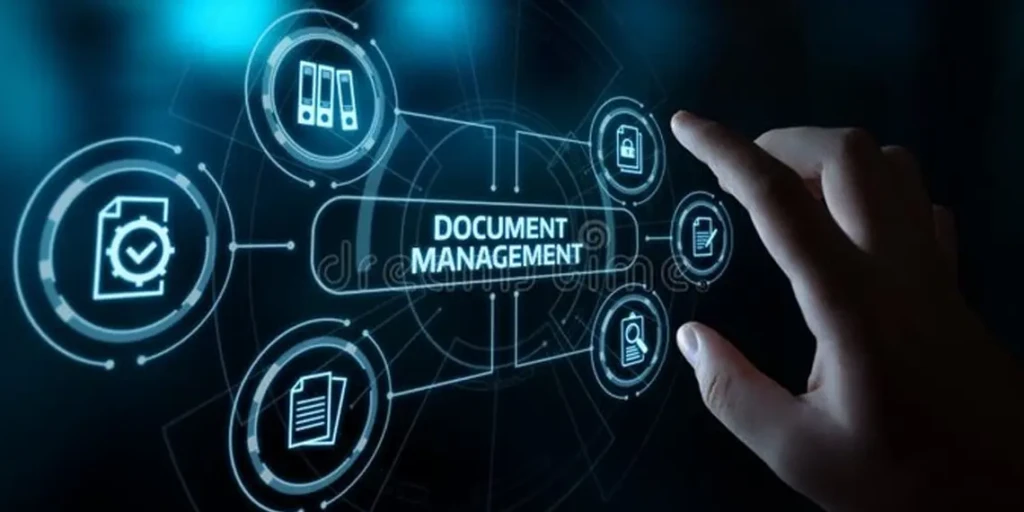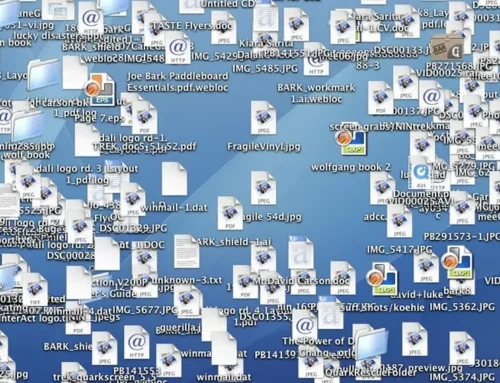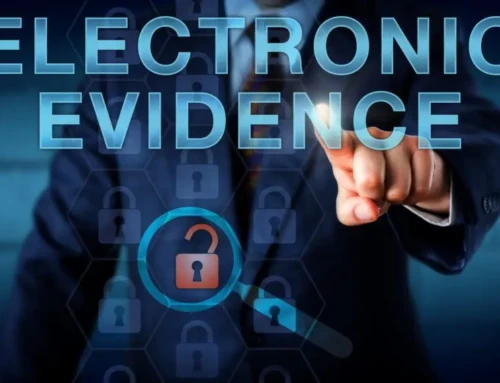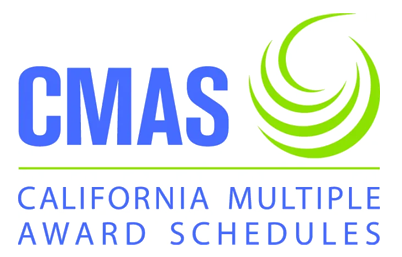
While many organizations have already migrated to a digital or enterprise records management environment, there is still a significant number of organizations that have not done so following industry or ISO best practices and/or standards. These best practices and standards provide guidance related to ensuring that electronic records are not only stored safely, but more importantly can be searched, retrieved, and managed appropriately.
A key to being successful is to develop an ECM related road map and a detailed Target State Model (TSM), and not a general roadmap or high level TSM. These documents should focus on how the organization will implement and rollout out the required solution(s) linking task groupings to how the organization will move forward with appropriate technologies to address issues identified after a full GARP assessment has been performed. The “target state model” should include detailed information including at a minimum: cost justifications, various approaches to be considered, migration planning, realistic timelines, resource considerations, training and rollout approaches, and most importantly the technical detailed records management requirements enabling the organization to select the required records management related technology.
Currently there are a handful of mature enterprise content management technologies primarily used that have been in use at the international level without issue for many years and provide a full suite of functionality. When issues occur using these current technologies, it is almost always the result on not implementing the solution correctly, and extremely rarely due to an issue with the selected technology and the vendor teams are almost always able to assist resolving any identified issues.
While 10 – 15 years ago, there were dozens of enterprise records management solutions, today there are only a handful that provide the full suite of records management functionality including in alphabetical order: Documentum, FileNet, OnBase, OpenText, Perceptive. This is not to say that other solutions geared towards specific vertical requirements aren’t in use, but these solutions are most commonly used and integrated with Microsoft office technologies. The Microsoft Compliance Center was intentionally left off this list and not intended to take anything away from that solution, but rather note that the Microsoft approach utilizes a partner channel to provide many technologies the mature solutions already have incorporated
The key to success is to properly define the requirements ensuring corporates records are associated with the appropriate retention series, and not a generalized group based on the longest retention period.
Taking all this into consideration will ensure organizational compliance with retention schedules and policies rather than simply expanding on existing issues and slowing down the resolution of identified issues.









